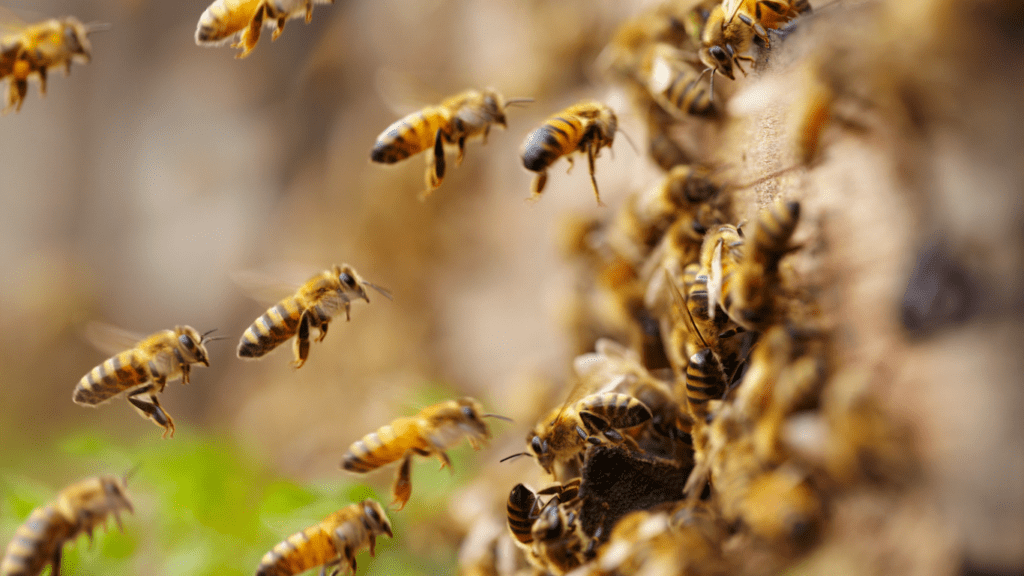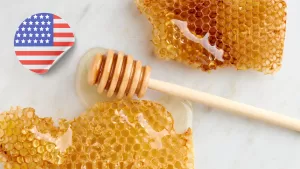Bees are incredible creatures that have been buzzing around for millions of years, playing a vital role in our ecosystem. From pollinating flowers to producing delicious honey, bees are an integral part of our natural world. If you’re new to the world of bees and want to unravel the secrets of their fascinating lives, this beginner’s guide is here to help. Join us on an educational journey as we explore the ABCs of bees and gain a deeper understanding of these remarkable insects.
A is for Anatomy:
To understand bees, we must first familiarize ourselves with their anatomy. Bees have three main body segments: the head, thorax, and abdomen. Their eyes, antennae, mouthparts, and specialized body parts, such as pollen baskets and stingers, all contribute to their unique abilities and functions within the hive.
B is for Behavior:
Bees are highly social insects that live in organized colonies. Understanding their behavior is key to appreciating their intricate social structure and activities. From foraging for nectar and pollen to performing elaborate communication dances and caring for the queen and brood, each bee has specific roles and responsibilities within the hive.
C is for Colony:
The hive is the bustling home of a bee colony. It consists of thousands of bees, including the queen, workers, and drones. Discover the hierarchy within the colony, the queen’s vital role in reproduction, and the diligent work of worker bees in maintaining the hive’s operations.
D is for Pollination:
One of the most critical roles bees play is pollination. As they move from flower to flower in search of nectar, bees inadvertently transfer pollen, aiding in the fertilization of plants. Learn about the mutual relationship between bees and flowering plants, and how their pollination efforts contribute to the diversity and abundance of our ecosystems.
E is for Economic Importance:
Bees have significant economic importance beyond honey production. Explore the valuable role they play in agriculture, enhancing crop yields and ensuring food security. Understand the concept of “pollination services” and the economic impact of declining bee populations.
F is for Foraging:
Foraging is a fascinating behavior that allows bees to gather nectar and pollen from flowers. Discover how bees locate floral resources, communicate their findings to their hive mates, and the remarkable adaptations that aid them in their foraging journeys.
G is for Guardianship:
Bees face various challenges, including threats from pesticides, habitat loss, and diseases. Learn about the importance of bee conservation efforts and how you can contribute to creating bee-friendly environments in your own backyard.
Bees are an essential part of our natural world, and their importance cannot be overstated. By understanding the ABCs of bees, we gain a deeper appreciation for their anatomy, behavior, and ecological significance. As you continue your journey into the captivating world of bees, remember to spread awareness, support bee conservation initiatives, and marvel at the incredible contributions these tiny insects make to our planet.



